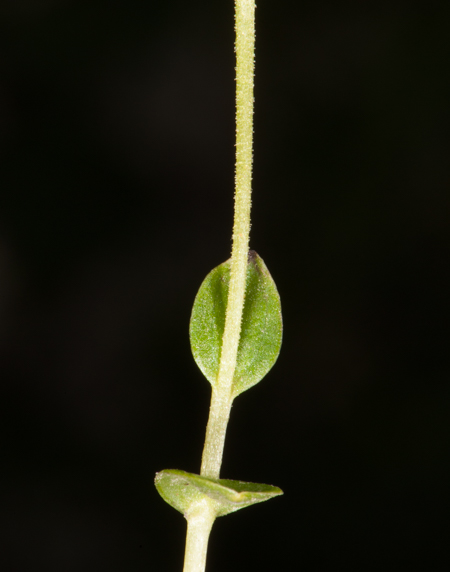Pseudobulb is an essential part of all sympodial orchids (a few exceptions are there with no pseudobulb). Leaf/leaves arise from the apex of the pseudobulbs; while inflorescence arises either from the apex or the base/side; bulb also store water to help the survival of the plant.
Pseudobulbs are of various shapes and sizes, from minute to stemlike. Its surface is also varying, from smooth to wrinkled or grooved.
The shape, size and surface of the pseudobulbs often help in identifying the species while not in flowers or leaf/leaves.


Pseudobulbs.


Post 44 – 30/December/2020























